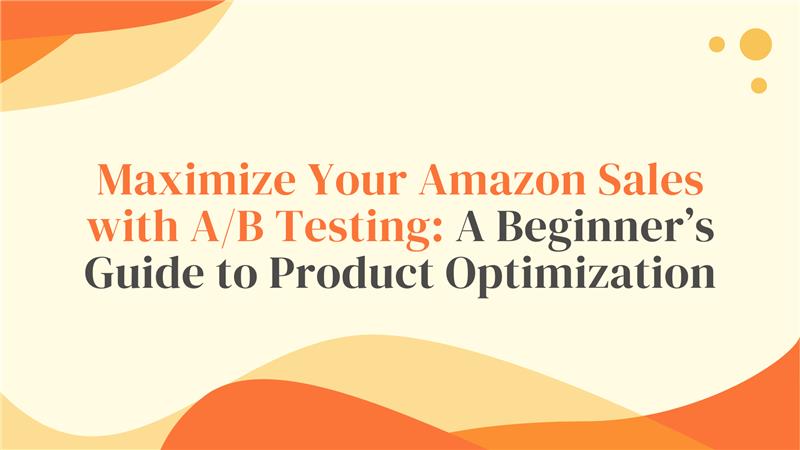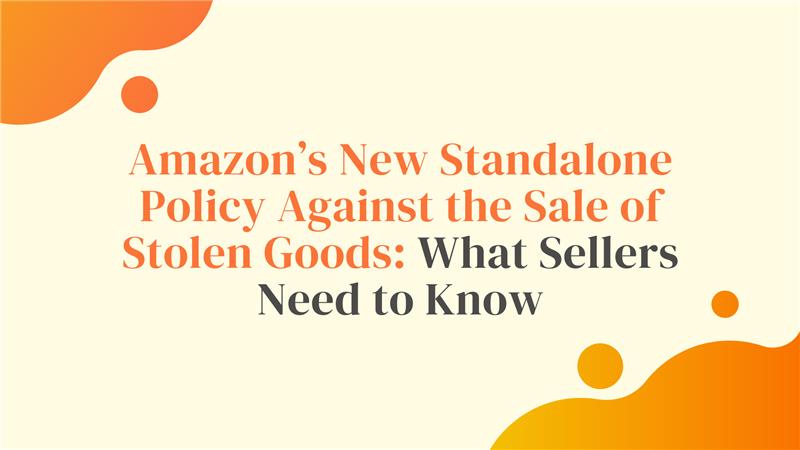Rufus Marks One Year: A Look at Amazon’s AI Shopping Assistant
Amazon’s AI-powered assistant, Rufus, is celebrating its first anniversary, and the question on every seller’s mind is: How is it performing? While there have been improvements, some inconsistencies still persist. In this blog post, we’ll explore what Rufus is, how it’s evolving, and what it means for Amazon sellers like you. What is Rufus? Rufus is Amazon’s AI chatbot designed to assist customers in navigating the vast product selection on Amazon. It provides recommendations, answers product-related questions, and attempts to make the shopping experience more efficient for users. What’s Working with Rufus? Improved Product Recommendations: Rufus now offers better product suggestions, especially for popular items like Amazon products (Echo, Kindle, etc.). Efficient Shopping Experience: Customers benefit from quick answers and tailored suggestions, enhancing their overall shopping experience. What’s Not Working? Promotes Amazon Products: Rufus tends to recommend Amazon-branded products, which can make third-party sellers feel sidelined. Inconsistent Recommendations: There are instances when Rufus fails to recommend the right products, especially when it comes to niche or custom items. Why This Matters for Sellers More Visibility for Amazon Products: Sellers should recognize that Rufus can drive increased visibility for Amazon-branded products, which can impact third-party product visibility during Prime Day and other events. Stay Updated: While Rufus is still a work in progress, it’s essential for sellers to stay ahead of the curve and optimize their listings to work with Amazon’s evolving AI technology. How to Optimize for Rufus To stay competitive, optimize your listings for Amazon’s AI recommendations: Enhance your product descriptions, images, and titles. Use Amazon tools like A+ Content, Vine, and FBA to improve product visibility and align with Rufus’ recommendations. Rufus has a long way to go before becoming a perfect AI tool, but it has the potential to revolutionize how customers shop on Amazon. Amazon sellers must stay updated on Rufus’ progress and adjust their strategies to ensure their products are visible and recommended by Amazon’s AI. Pro Tip: Want to make your listings AI-friendly? Start by optimizing your content for better engagement with Rufus. Ready to optimize your listings for Rufus? Contact us today to get started on optimizing your Amazon strategy. Follow BIE on Instagram & Linkedin to stay updated with the trends.
Rufus Marks One Year: A Look at Amazon’s AI Shopping Assistant Read More »











